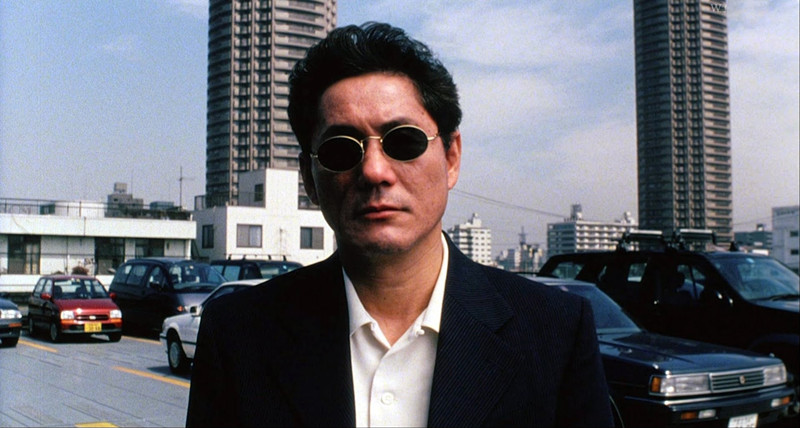
Charlie Chaplin, Buster Keaton, Woody Allen, and Orson Welles are amongst some of the most well-known self-written and self-directed actors in cinema. Other names like Sylvester Stallone, George Clooney, and Tom Hanks have also proven themselves capable in making a film that they have written, directed, and acted in themselves.
The concept of an auteur states that although a film can be fictional, it is always a direct reflection of the person making it. When filmmakers take on more than one role in the making of a film, it begins to carry a greater reflection of their identity. This allows for the artist, as well as the viewer, to have an entirely different experience with the film that is opposed to instances where a director leads a film he didn’t write or become the lead character for.
This list explores ten celebrated filmmakers whose work as writer, director and actor in the same film is a must see. Some names on this list are more famous than others, but they have all successfully shared deeply personal experiences. Through their unique blend of words, cinematic choices, and physical presence on the screen, these directors have told stories through film that only they are able to tell.
1. Life is Beautiful – Roberto Benigni
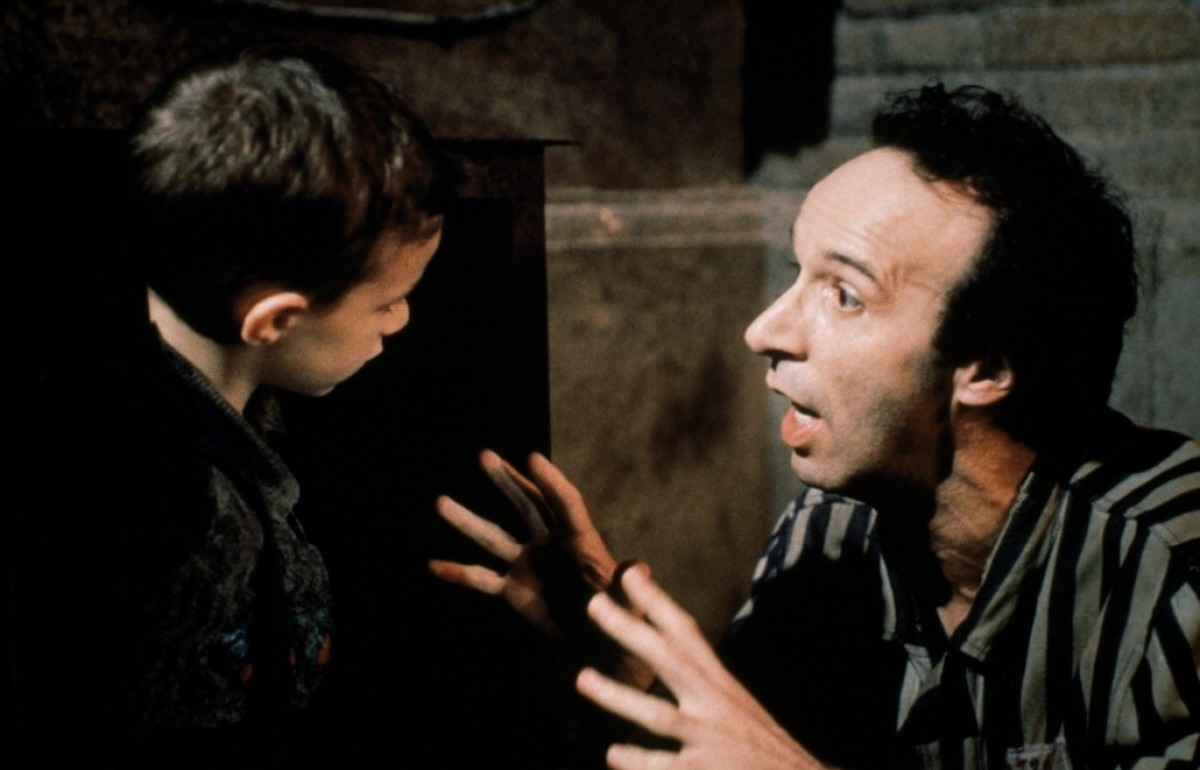
Benigni’s Life is Beautiful is touching, funny and hopelessly sad all at once. The film follows a man named Guido (played by Benigni) and his young son as they are captured and sent to a concentration camp during World War II. From the start, Guido creates rules to explain to his son that the trip to the camp is actually a holiday, and that they are part of a game with points that could win them a real life army tank.
Although many critics have claimed that the use of comedy was an insensitive approach in the context of the Holocaust, Benigni uses it as a coping mechanism to protect his child’s innocence in the face of inevitable doom. His comedic approach is authentic, and in many ways autobiographical since Benigni’s actual father was a prisoner in a concentration camp during World War II, and used humour when sharing work stories to his son.
When understanding his perspective as a father in this uncontrollable situation, it feels understandable and almost intuitive for a man to make his son laugh instead of cry. Throughout the film, Benigni forces viewers to have a rollercoaster experience of sadness through tears, and the tireless efforts to protect his son’s spirit through laughs.
2. Jo Jo Dancer, Your Life is Calling – Richard Pryor
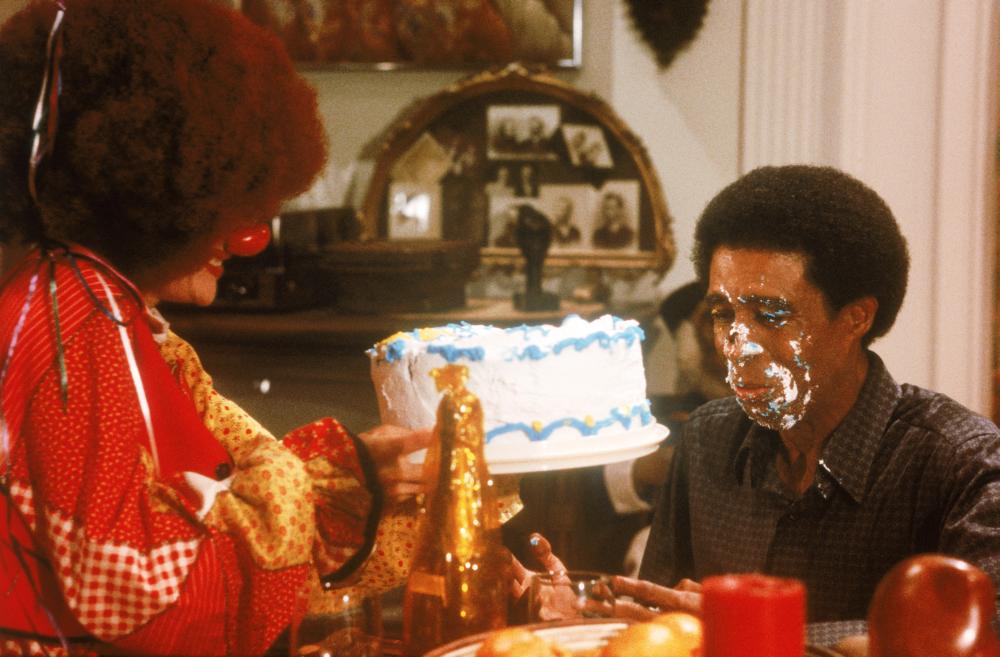
In Richard Pryor’s directorial debut, Jo Jo Dancer, Your Life is Calling, he creates a self-reflective, semiautobiographical film about a successful comedian who gets trapped in a world of alcohol, drugs and women as a way to cope with a past that haunts him, no matter how much success he gains through his career.
The film begins with a series of events that leads Jojo in the hospital. Not many details are given except that Jojo was on drugs during the incident, and that the severe burns on his bod have left him in critical condition. While in the hospital, what looks like Jojo’s spirit leaves his practically dead body. The film goes on to follow Jojo’s spirit as he revisits all the moments of his past that have led him to the near death experience at the beginning of the film.
JoJo visits the whorehouse he grew up in to speak to his mother who worked there a prostitute, he confronted his uncaring father, relived the love and infidelity of his past relationships, and finally ended up in his home, alone, searching for rocks on his carpet to get high with. It’s clear that Pryor and Dancer have shared the ways in which they coped with their past traumas, seeing as Pryor admitted to being addicted to alcohol and drugs over the course of his career. Pryor claimed that drugs offered him an instant sense of euphoria that his insecurities would never let him feel through love, money, or success.
The context and plot of the film makes Pryor’s first and only attempt at directing, writing, and starring in this film nothing but vulnerable. He laid his life out on the screen and was transparent with every aspect of it, displaying the trials and tribulations he dealt with in exactly the way in which he wanted you to see them.
3. The Nutty Professor – Jerry Lewis
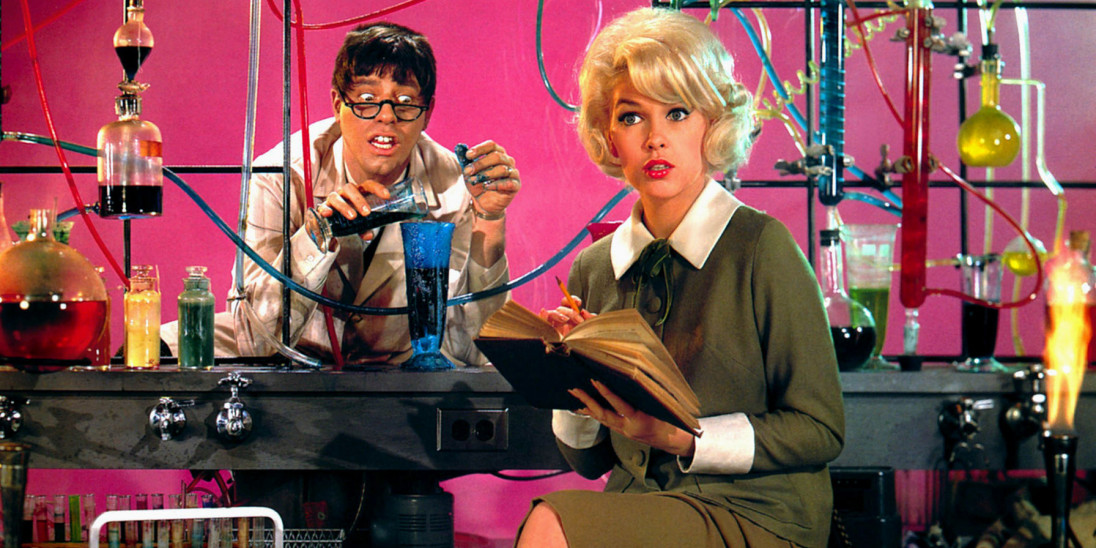
Often referred to as the master of slapstick comedy, Jerry Lewis’ career, in all aspects of the film creating process, cannot go unnoticed. Although there are still mixed feelings on his approach and style of filmmaking, he took great responsibility and pride in having complete control over the direction of his films. He believed there was a transparency and heart to engaging in all the jobs of making a film (on and off camera) that could not be replicated when simply being an actor in another person’s story.
After a geeky professor creates a formula that physically transforms him into a handsome, confident man, The Nutty Professor, also known as Mr. Kelp, faces the world through a different lens. The new and improved Mr. Kelp goes by the name of Buddy Love, and he effortlessly sweeps people off their feet with his beautiful singing voice and magnetic personality.
Although it maintains a conventional narrative, The Nutty Professor is a key film in Lewis’ filmography. By the time he made The Nutty Professor, his style in comedy was established in a way where he could challenge serious themes like the social importance of physical appearances, and the natural and uncontrollable curiosity that human beings have with improving their lives with science.
4. Buffalo ’66 – Vincent Gallo
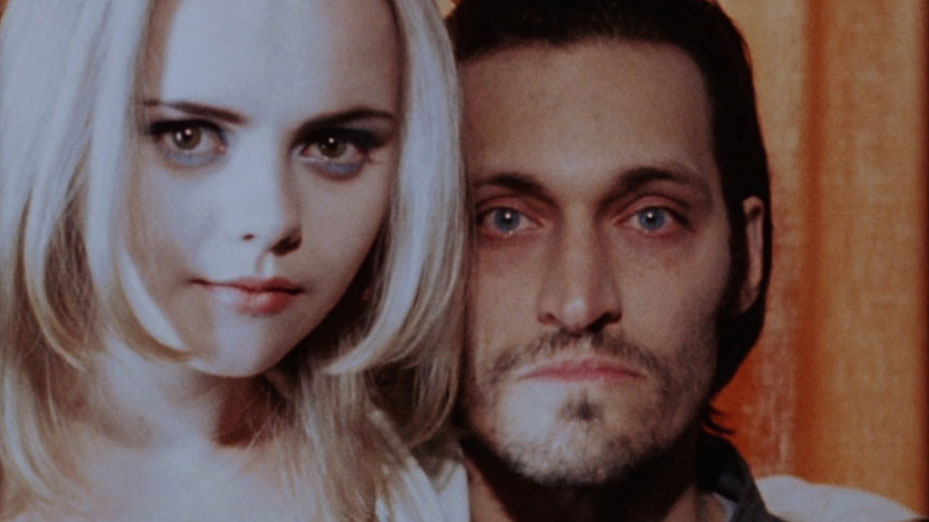
Vincent Gallo’s Buffalo’ 66 is a reflection of a man’s inability to love others as a result of not being regarded or cared for as a child. The film’s dark and gloomy aesthetic perfectly conceptualizes the character’s psychological anxiety throughout the plot of the film.
The film begins with Billy Brown, played by Gallo, getting released from jail. On his stressful pursuit to find a place to pee, Billy kidnaps a young tap dancer and tells her she has to pretend to be his loving wife on a visit to his parents’ house. For some unexplainable reason, Stella, the young kidnapped girl plays along with Billy’s scheme, and does not find a way to escape. The plot then shifts to Billy seeking revenge for his unjust imprisonment, unexpectedly falling in love with Stella in the process.
Gallo has said that Buffalo ‘66 was a cathartic experience because it really reflected the struggles of his own life. Apart from Billy and Gallo’s similar characteristics, Gallo has stated that his parents in real life are exactly like the parents in the film, only that the one’s in the film somehow seem a bit more charming. In the scene where he visits his old home, Gallo presents an extremely toxic household that strikes nothing but pity for the Billy that had to grow up in it.
The neglect and disinterest his parents have with him is extremely saddening, and can easily go on to explain why he seems so strange. Billy is quite the intense character in this film, however, the way in which his unconventional interactions with Stella progress is what makes the film what it is: a twisted, unconventional, and captivating love story.
5. Sling Blade – Billy Bob Thornton
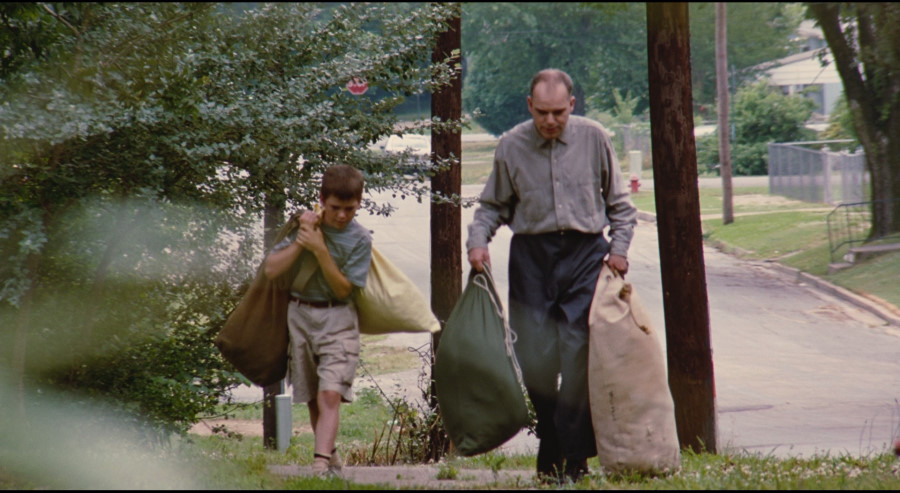
Thornton’s directorial debut, Sling Blade follows a disabled man named Karl who is released from a mental institution after serving a 17-year sentence for murdering his mother and her lover.
After his release, Karl decides to go back to his hometown where he becomes friends with a little boy named Frank. Over the course of the film, Karl and Frank develop a bond that is undeniably pure and quite heartwarming to watch come about.
Thornton, had worked in a nursing home before becoming an actor, and said that Karl was an amalgam of different people that he met while working there. One of the main reasons why Sling Blade resonated with so many people is because of how authentic Karl feels in everything he says and does. The details that make up his personality are so unique that he becomes a real person, and not just a written role played by an actor. His mannerisms, his walk, his talk, the way he says “mhm” after every line, or the way he rubs his hands when he speaks, are all part of the realness Thornton brought to him on screen.
Themes of religion and prejudice radiate throughout Karl’s experiences, highlighting society’s cruel ways of normalizing the maltreatment of disabled people. Through a series of simple stories, we see that religion can fall into the wrong hands and be twisted to manipulate others, but it can also redeem a flawed man, and help him find a purpose.